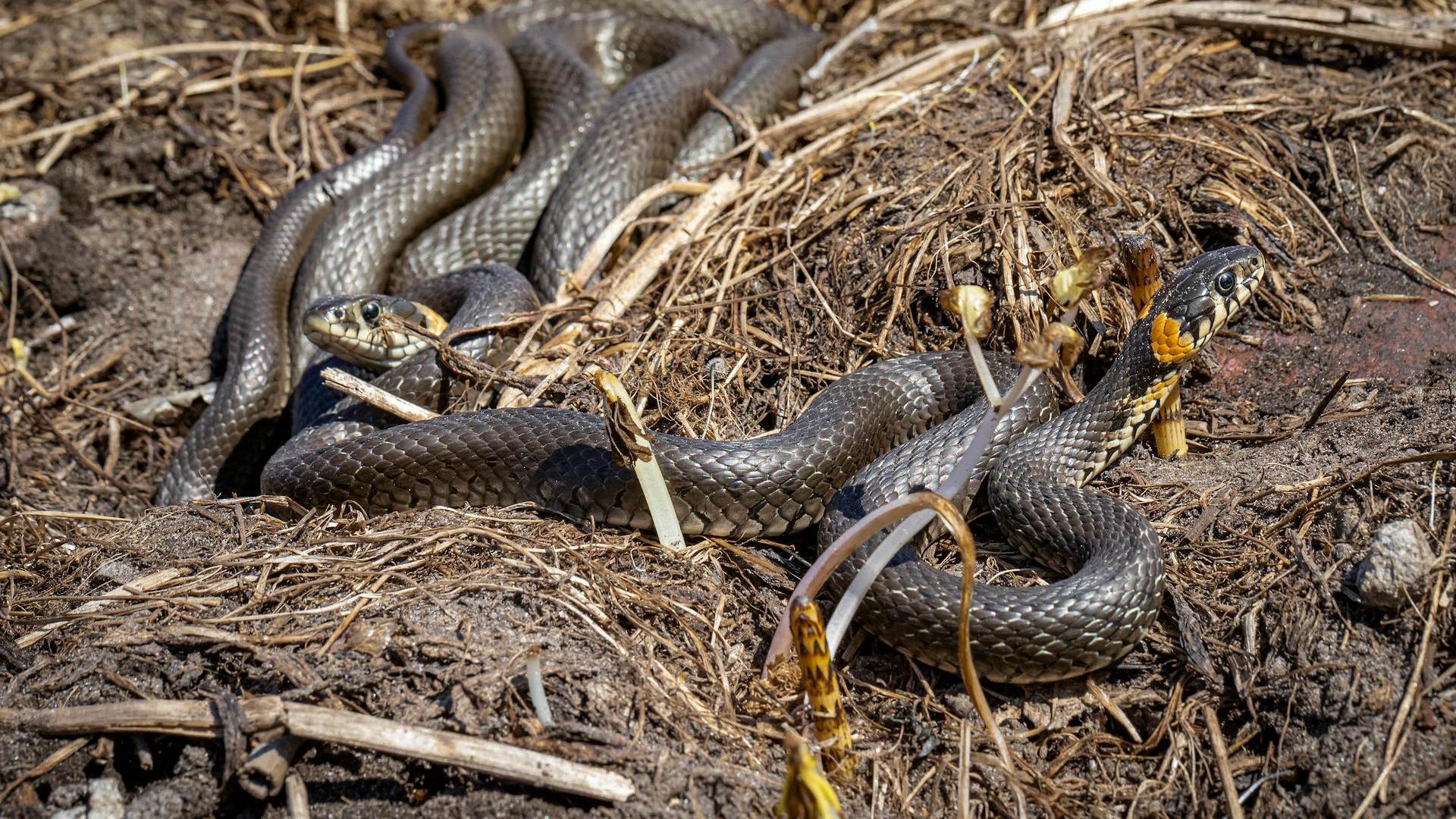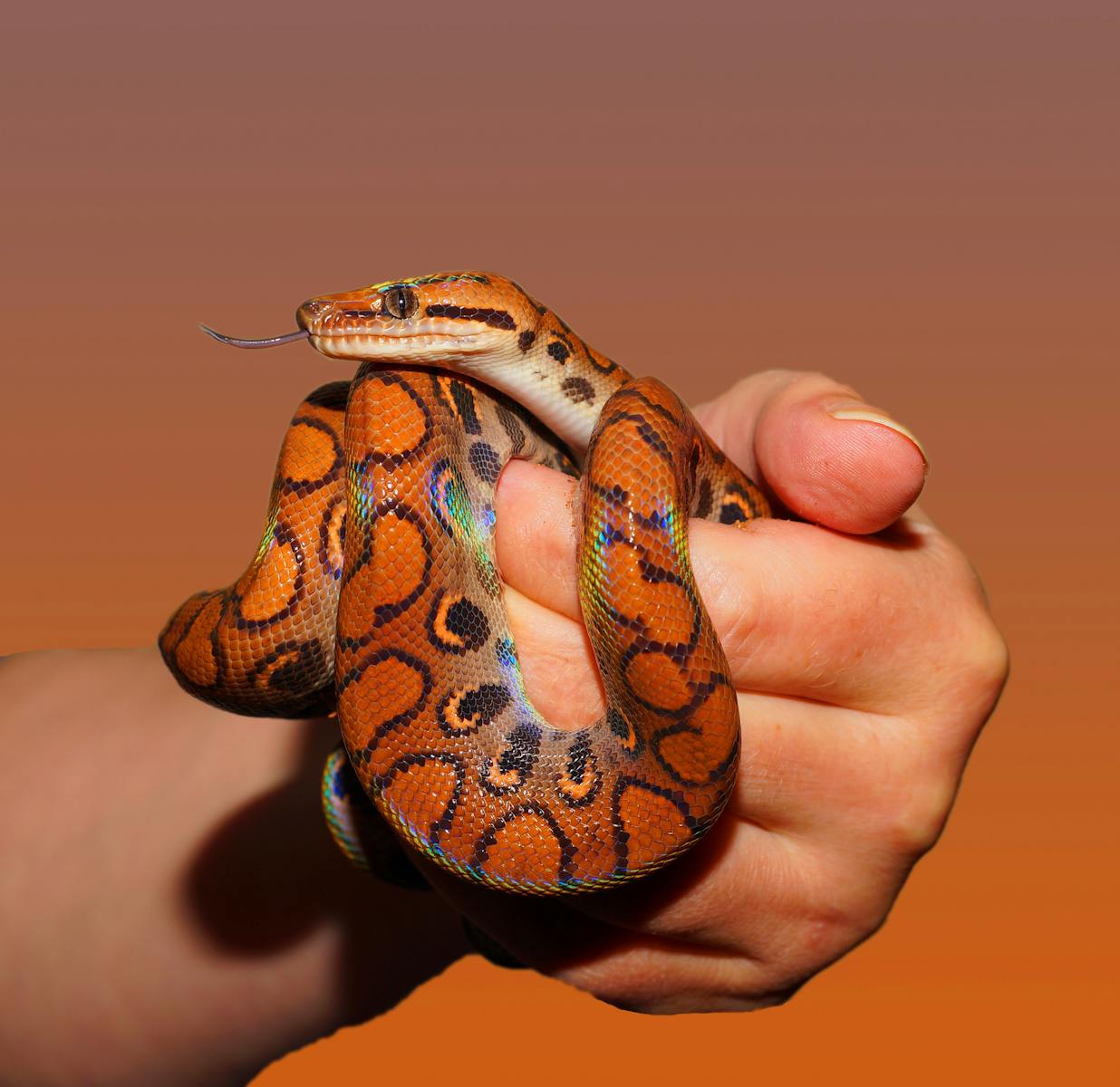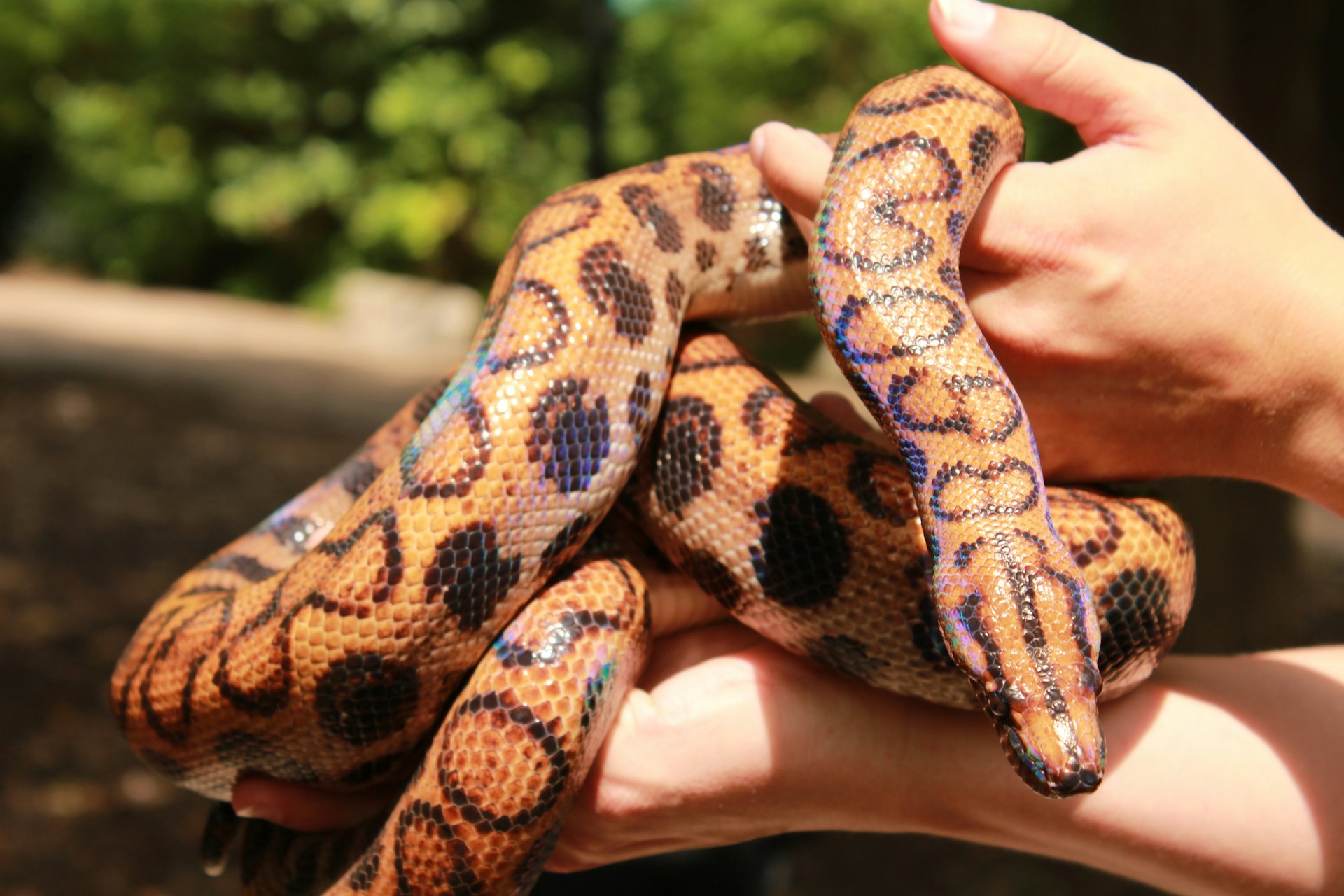In the unforgiving corners of our planet, from scorching deserts to frigid tundras, non-venomous snakes have carved out remarkable survival niches without the defensive advantage of venom.
These resilient reptiles have evolved fascinating physiological adaptations and behavioral strategies that allow them to thrive where other creatures perish.
Unlike their venomous counterparts, who can rely on toxic bites to secure prey and deter predators, non-venomous species must employ alternative tactics to meet life’s fundamental challenges.
Their success story is one of nature’s most impressive demonstrations of evolutionary problem-solving, showcasing how specialized adaptations can compensate for what might initially appear to be competitive disadvantages.
The Challenge of Surviving Without Venom
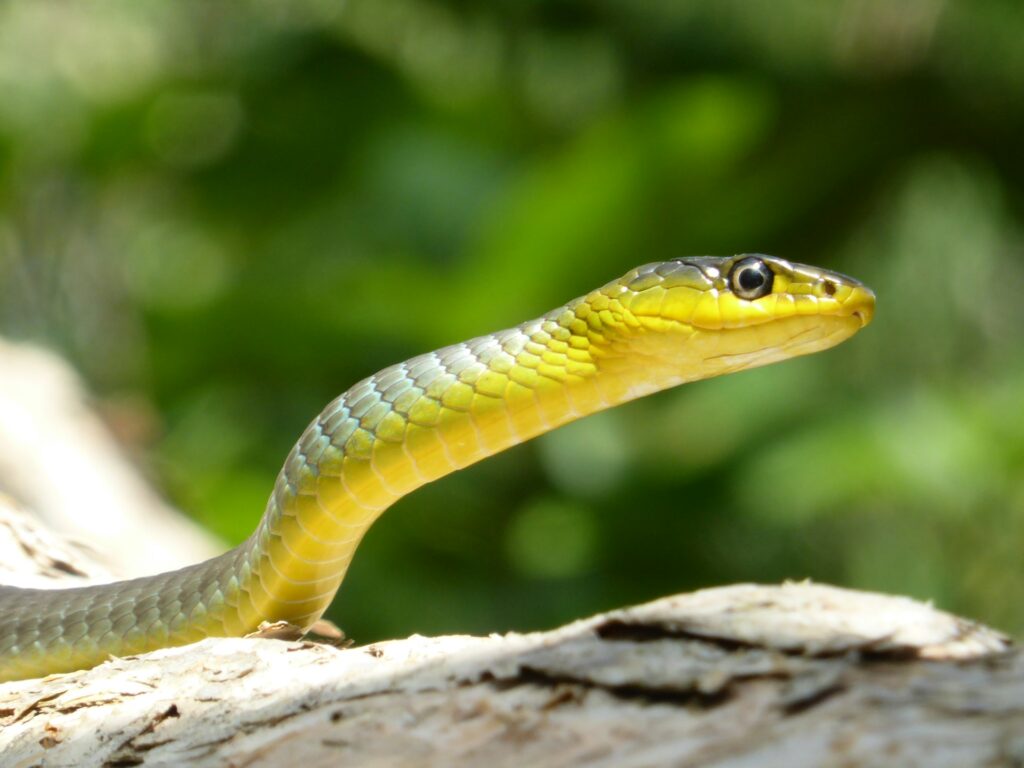
Without venomous capabilities, these snakes face significant challenges in both hunting and self-defense compared to their venomous relatives. Non-venomous species must rely on physical strength, specialized hunting techniques, or alternative defensive mechanisms to survive.
For many species, this means developing extraordinary muscle power for constriction or lightning-fast strike speeds to capture prey before it can escape. Additionally, these snakes often evolve enhanced camouflage abilities, allowing them to remain undetected by both potential prey and predators.
This fundamental limitation has driven the evolution of diverse and sometimes surprising adaptations across different snake families and habitats.
Desert Adaptations: Mastering Extreme Heat
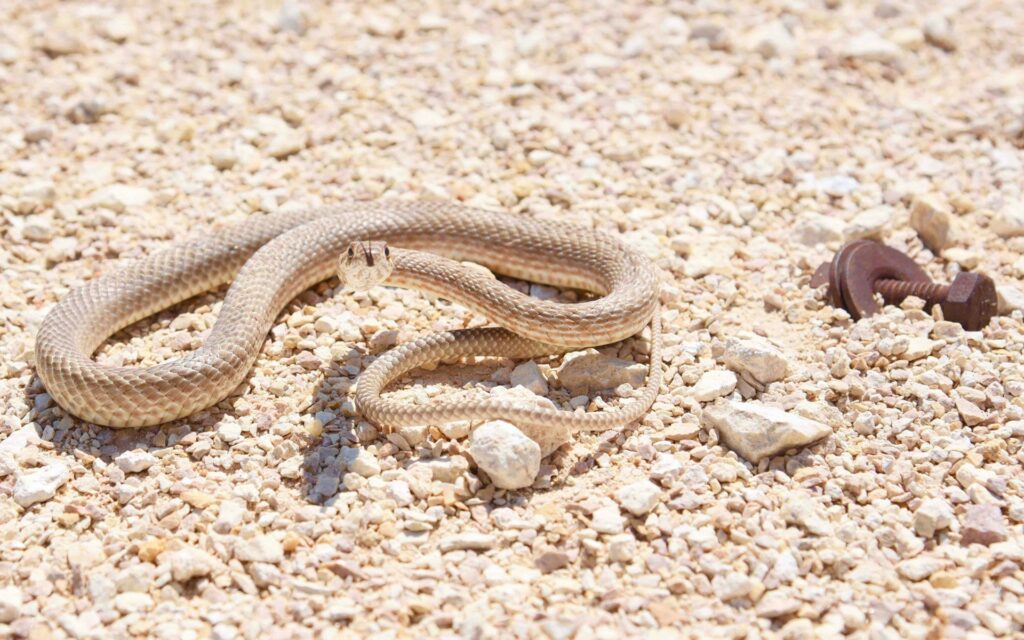
Desert-dwelling non-venomous snakes have evolved remarkable adaptations to withstand blistering daytime temperatures and dramatic nighttime cooling. Species like the Saharan sand snake possess specialized scales that reduce water loss and allow efficient movement across loose sand.
Many desert snakes have developed the ability to “swim” beneath the sand’s surface, providing protection from extreme heat while allowing them to ambush prey or escape predators. Their kidneys function with extraordinary efficiency, producing highly concentrated urine to conserve every precious drop of water.
Additionally, most desert species become nocturnal, hunting during cooler nighttime hours and seeking shelter in burrows during the day’s heat, sometimes remaining inactive for extended periods during the hottest seasons.
Arctic Survival: Cold-Weather Specialists
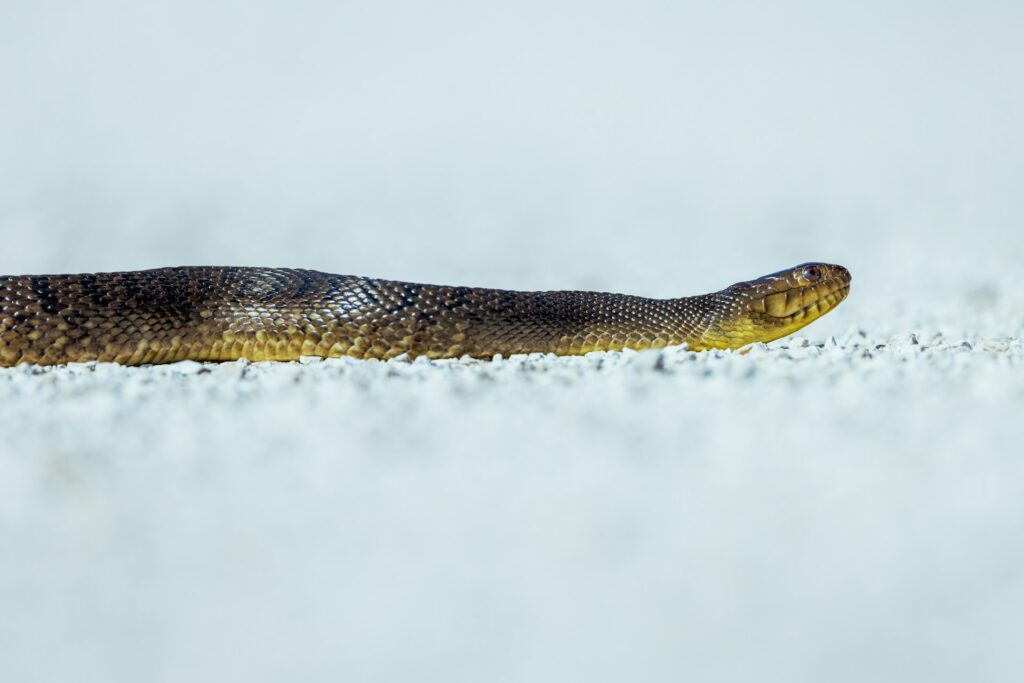
In stark contrast to their desert counterparts, non-venomous snakes in cold northern regions have evolved specialized adaptations for surviving freezing temperatures.
The common garter snake, for example, can survive being frozen for brief periods, with special proteins in their blood that function as natural antifreeze.
These cold-climate specialists typically undergo brumation, a reptilian version of hibernation, gathering in communal dens called hibernacula where they can maintain more stable temperatures through group thermoregulation.
Their metabolic rates drop dramatically during winter months, allowing them to survive on stored fat reserves until spring arrives.
Some species have even developed unique behaviors like basking on sun-warmed rocks to rapidly increase body temperature during brief warm periods in otherwise cold climates.
Hunting Strategies: Constriction Masters
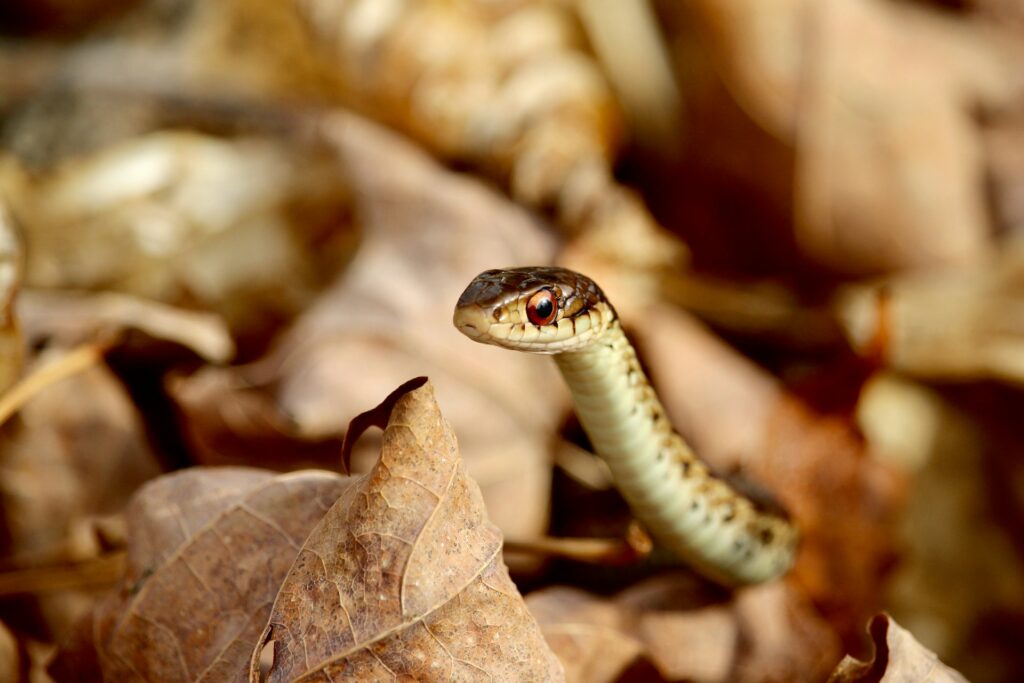
Many non-venomous snakes have perfected the art of constriction as their primary hunting method, compensating for their lack of venom with tremendous muscular power.
When constrictors like pythons and boas capture prey, they don’t actually crush or suffocate their victims as commonly believed but rather cause rapid circulatory failure by preventing blood return to the heart.
These snakes can detect their prey’s heartbeat through their coils and maintain their squeeze until all cardiac activity ceases, ensuring the prey is dead before consumption begins.
Constriction requires significant strength and precise technique, representing one of nature’s most effective hunting adaptations that eliminates the need for venom.
Some constrictors have even evolved heat-sensing pits similar to those in venomous pit vipers, allowing them to detect warm-blooded prey with incredible accuracy even in complete darkness.
Water Conservation Mechanisms
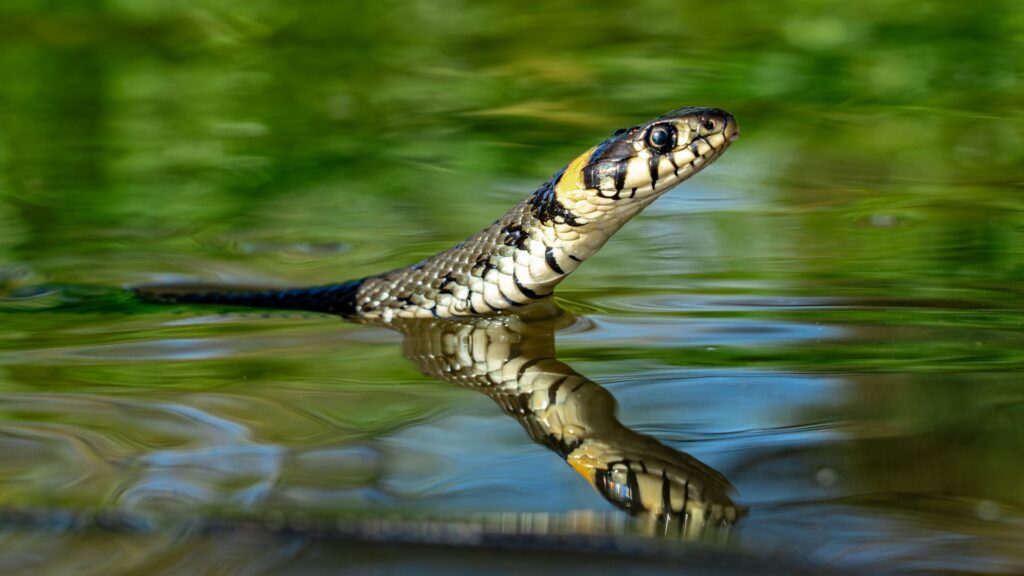
Non-venomous snakes in arid environments have developed sophisticated physiological adaptations to minimize water loss. Their skin has evolved a specialized composition of lipids that creates an exceptional barrier against evaporation, significantly more effective than that of many other reptiles.
Some species can go months without drinking, obtaining most of their moisture from the bodies of their prey through highly efficient digestive systems. Desert-dwelling species often have specialized scales with interlocking micro-ridges that help trap moisture close to the body.
Additionally, many non-venomous snakes in harsh environments have developed specialized kidney structures and uric acid excretion systems that allow them to produce nearly dry waste, conserving every possible drop of water in their systems.
Defensive Mimicry: False Advertising

Without venom as a deterrent, many non-venomous snakes have evolved to mimic the appearance and behavior of their venomous counterparts, creating effective visual deception that keeps predators at bay.
The scarlet kingsnake, with its vibrant red, black, and yellow bands, closely resembles the deadly coral snake, benefiting from predators’ instinctive avoidance without possessing actual venom.
Some species have developed flattening behaviors that make them appear larger or more threatening when confronted with potential danger. Perhaps most impressive are the false cobra species that can flatten their necks into a hood-like shape reminiscent of true cobras, complete with intimidating postures and aggressive displays.
These sophisticated mimicry strategies represent evolutionary solutions that have proven remarkably effective in reducing predation without requiring actual venom production.
Burrowing and Subterranean Adaptations
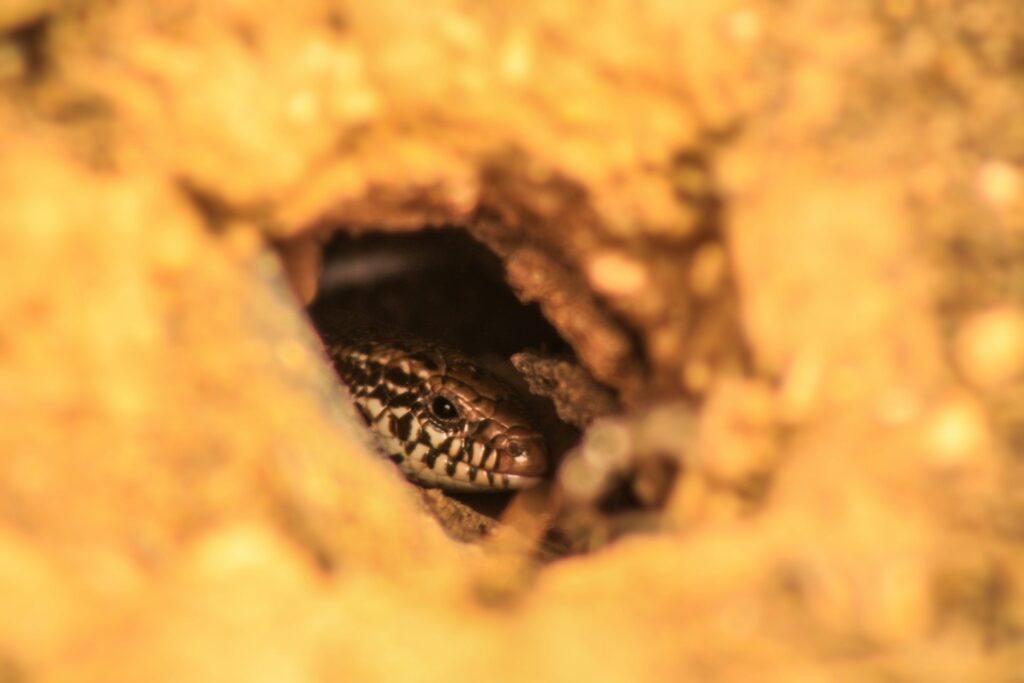
Many non-venomous snakes have become specialists in underground living, developing unique adaptations for subterranean existence that provides shelter from harsh surface conditions.
Species like sand boas and shield-nosed snakes possess reinforced skull structures that act as natural digging tools, allowing them to tunnel efficiently through soil or sand.
Their eyes are often reduced in size or covered with transparent scales to protect them while burrowing, while specialized respiratory systems enable them to breathe in low-oxygen environments.
Underground habitats offer these snakes protection from temperature extremes, predators, and water loss, creating stable microenvironments even in the harshest regions.
Some species spend the majority of their lives beneath the surface, emerging only to mate or when ideal conditions briefly present themselves above ground.
Reproductive Adaptations in Extreme Environments
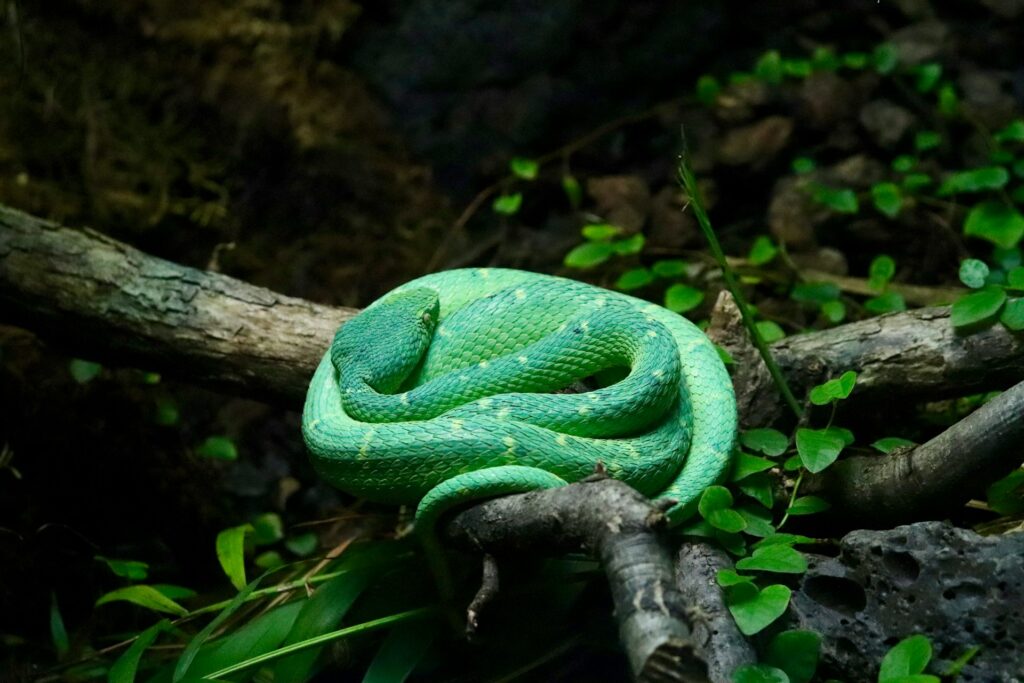
Reproduction presents particular challenges for non-venomous snakes in harsh environments, driving the evolution of specialized reproductive strategies.
Many species living in unpredictable climates have developed the ability to store sperm for extended periods, allowing females to delay fertilization until environmental conditions become favorable.
Some desert-dwelling species have evolved shorter gestation periods or produce fewer, larger offspring with greater survival chances in harsh conditions.
Certain cold-climate species have developed viviparity (live birth) rather than egg-laying, allowing mothers to thermoregulate developing embryos by basking in brief periods of sunlight.
In particularly harsh environments, some non-venomous snakes reproduce only during rare favorable seasons, sometimes skipping reproduction entirely during drought years to conserve energy and resources.
Specialized Diets and Feeding Adaptations
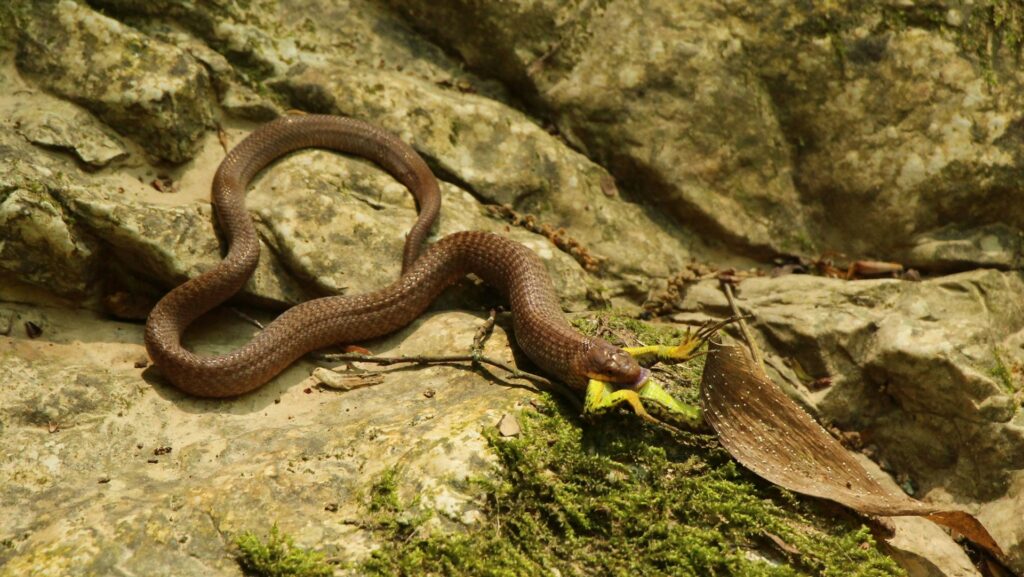
Without venom to immobilize prey, non-venomous snakes in harsh environments have developed remarkable dietary specializations and feeding adaptations.
Some species have evolved extraordinarily flexible jaws and expandable skin that allows them to consume prey much larger than their head size, maximizing caloric intake when food is scarce.
Desert species often specialize in consuming eggs or prey that requires minimal water expenditure to digest, while others have developed highly efficient digestive systems that extract maximum nutrition and moisture from each meal.
Certain non-venomous snakes have become diet specialists, evolving physical adaptations specifically for certain prey—like egg-eating snakes with specialized vertebral projections for cracking shells or slug-eating species with modified teeth for gripping slippery prey.
These dietary specializations allow them to exploit food resources that other predators cannot access, reducing competition in resource-limited environments.
Behavioral Thermoregulation Strategies
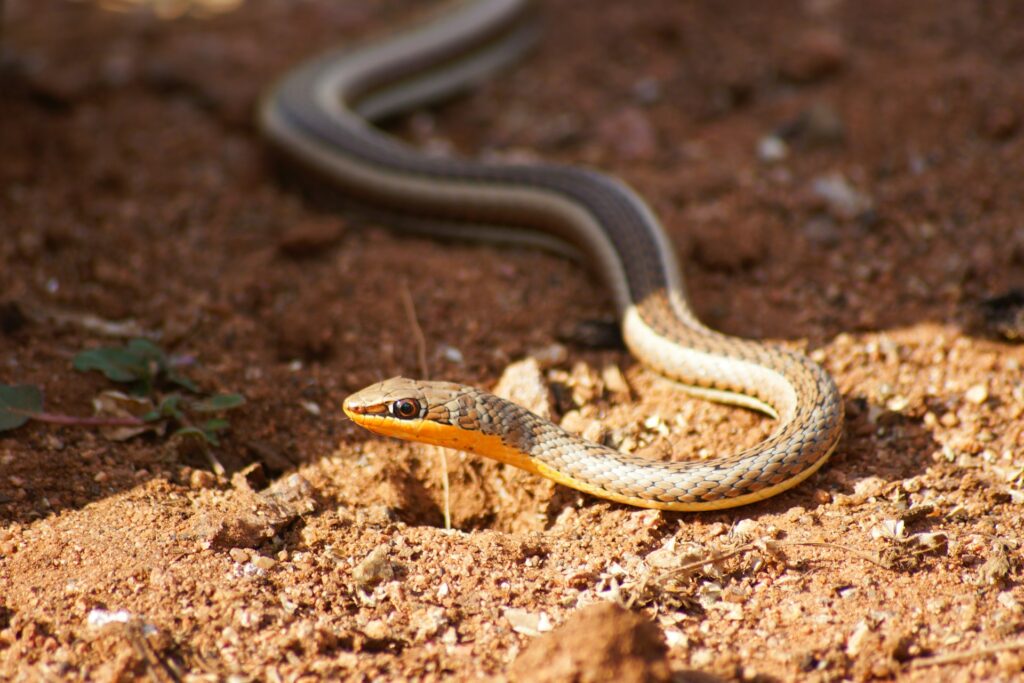
Non-venomous snakes have perfected behavioral thermoregulation techniques that allow them to maintain optimal body temperatures even in environments with extreme temperature fluctuations.
Desert species may shuttle between sun and shade throughout the day or between surface and underground retreats, creating a form of behavioral homeostasis.
During cooler months, many species adopt precise basking positions that maximize solar absorption, often flattening their bodies to increase surface area exposed to the sun.
Some non-venomous snakes in cold regions have developed social thermoregulation behaviors, where multiple individuals cluster together to reduce collective heat loss during cold periods.
These sophisticated behaviors allow snake species to maintain appropriate body temperatures for digestion, movement, and reproduction despite living in environments where ambient temperatures alone would make survival impossible.
Sensory Adaptations for Harsh Environments

To navigate challenging environments without venom’s advantages, non-venomous snakes have evolved enhanced sensory systems that provide critical survival information.
Many species possess highly sensitive vomeronasal organs that can detect chemical trails left by prey or potential mates, even in complete darkness or beneath soil.
Some burrowing species have developed specialized scale sensory organs that can detect subtle vibrations and pressure changes, allowing them to sense approaching predators or prey while remaining hidden underground.
In aquatic environments, non-venomous water snakes have evolved heightened sensitivity to water pressure changes that help them detect prey movements from considerable distances.
These sensory specializations provide crucial advantages in environments where visibility is limited, temperatures are extreme, or resources are scarce, allowing non-venomous species to thrive despite lacking venom’s hunting and defensive benefits.
Dormancy and Metabolic Adaptations
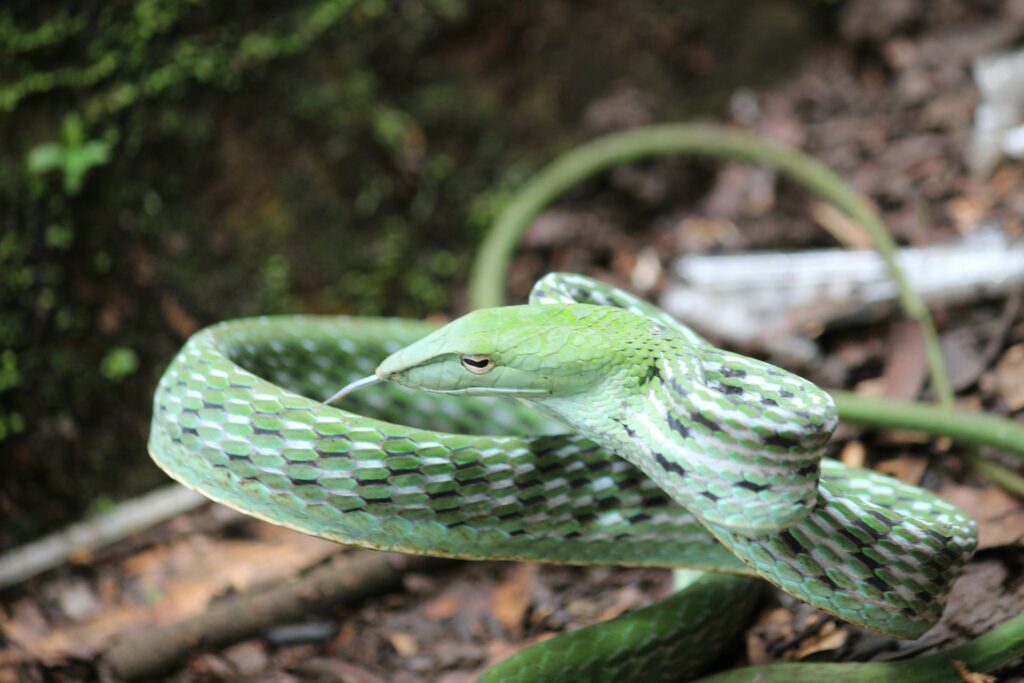
Perhaps one of the most remarkable survival strategies employed by non-venomous snakes is their ability to dramatically reduce metabolic rates during unfavorable conditions.
During extreme heat, cold, or drought, many species enter states of dormancy where heart rate, respiration, and digestion slow to minimal levels, allowing survival on stored energy reserves for months or even years.
Desert-dwelling species often enter estivation during the hottest, driest periods, while cold-climate species brumate during winter months, gathering in communal dens below the frost line.
Some non-venomous snakes can reduce their metabolic rates to less than 10% of normal levels during these dormant periods, representing one of the most efficient energy conservation strategies in the vertebrate world.
This remarkable ability to essentially “pause” biological functions until conditions improve allows these species to survive in environments where active foraging would be impossible or energetically unsustainable for extended periods.
Coexistence with Humans in Changing Environments
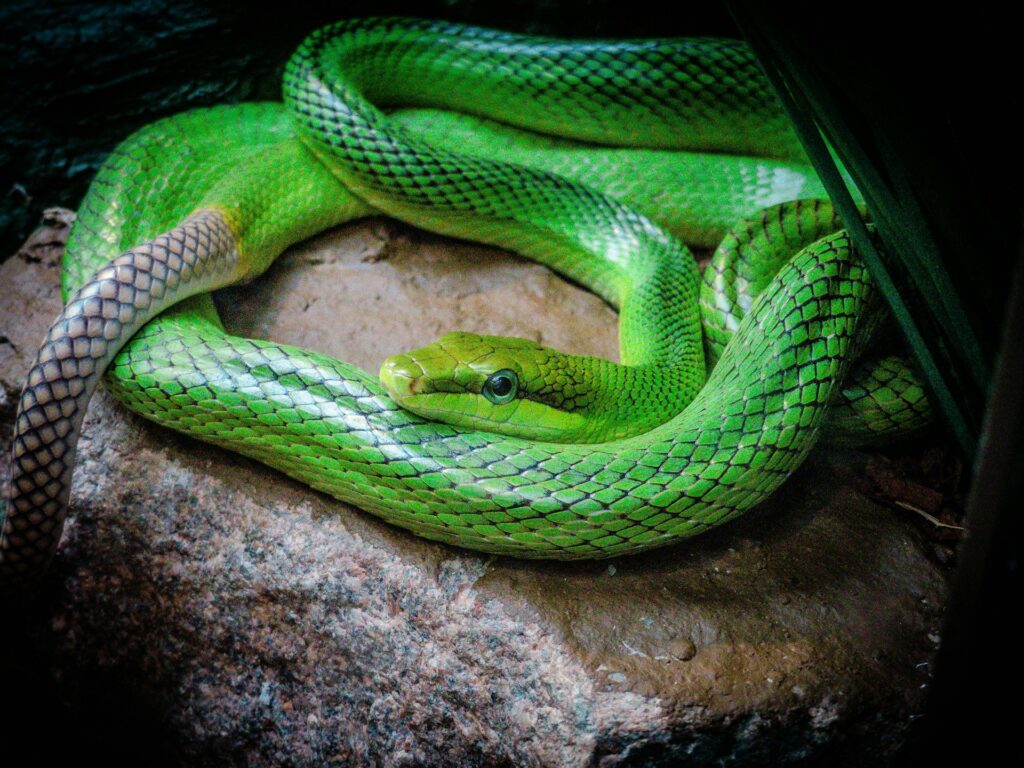
As human activity increasingly alters even the harshest environments, non-venomous snakes have demonstrated remarkable adaptability to anthropogenic changes.
Many species have proven capable of utilizing human structures for shelter or thermoregulation, with some desert species finding refuge in buildings or irrigation systems.
Agricultural areas often provide concentrated food sources in the form of rodents attracted to crops, creating new opportunities for adaptable snake species.
Some non-venomous snakes have even thrived in suburban environments where predator populations are reduced and artificial water sources are plentiful.
However, this adaptation comes with significant risks, as human persecution of snakes often occurs indiscriminately regardless of whether species are venomous or beneficial, creating new survival challenges even for the most adaptable species.
Conclusion
The survival of non-venomous snakes in harsh environments represents one of nature’s most impressive demonstrations of evolutionary problem-solving.
Without venom’s advantages, these remarkable reptiles have developed diverse physiological, behavioral, and ecological adaptations that allow them to thrive where other creatures cannot survive.
From the physical power of constrictors to the remarkable water conservation abilities of desert species, from sophisticated thermoregulation behaviors to amazing metabolic control, these adaptations showcase the incredible plasticity of life on Earth.
As climate change intensifies environmental challenges worldwide, the specialized survival strategies of non-venomous snakes may provide valuable insights for conservation efforts and a deeper understanding of how organisms can adapt to extreme conditions.
Their continued success in Earth’s harshest environments stands as a testament to the power of natural selection and the endless ingenuity of evolutionary adaptation.


